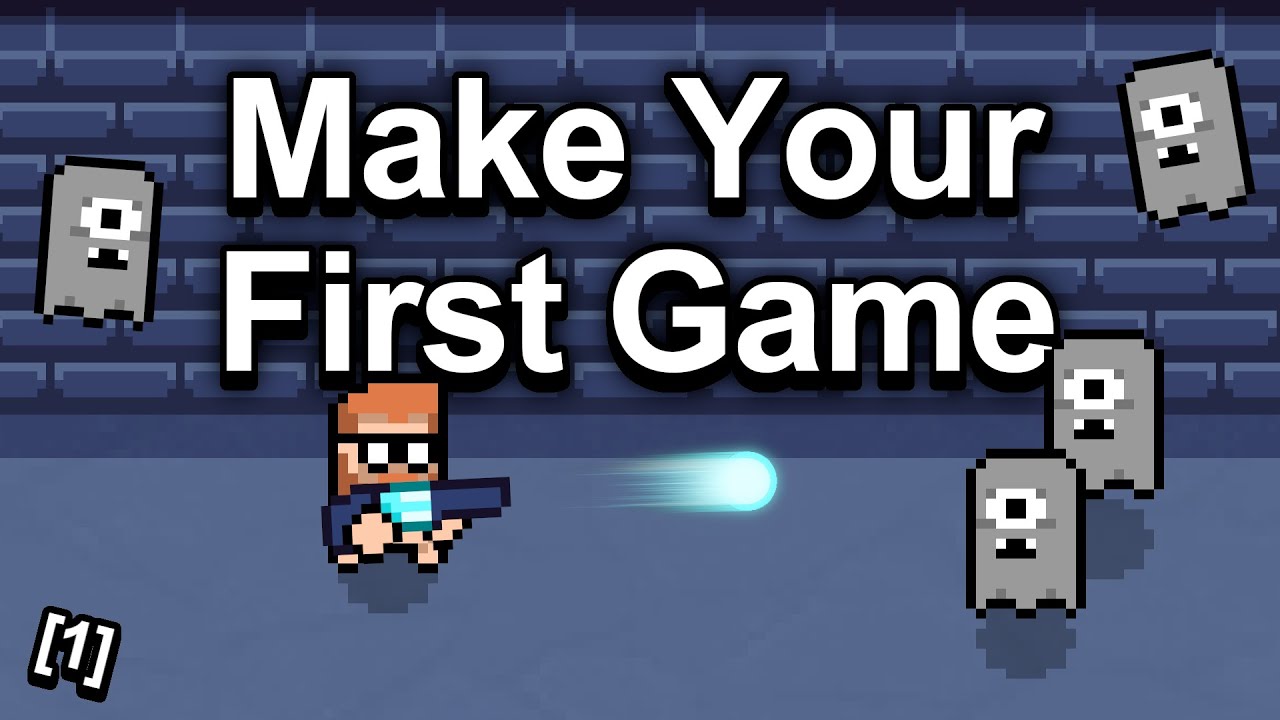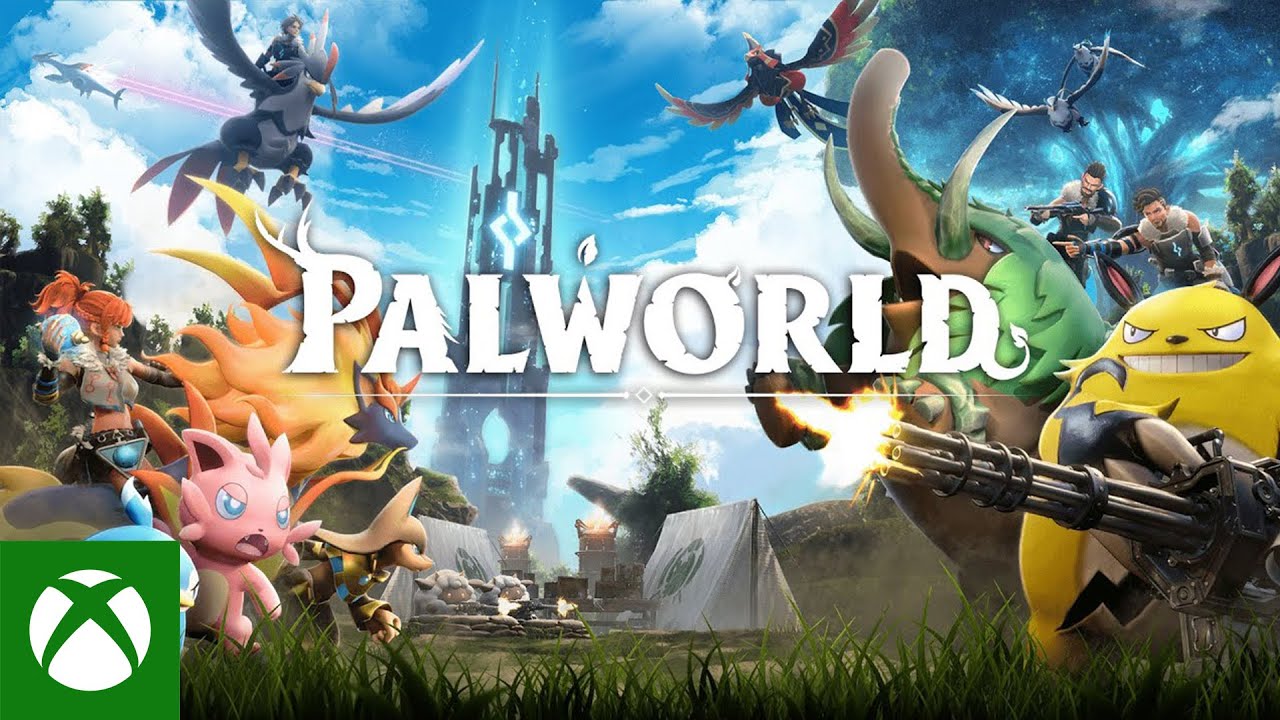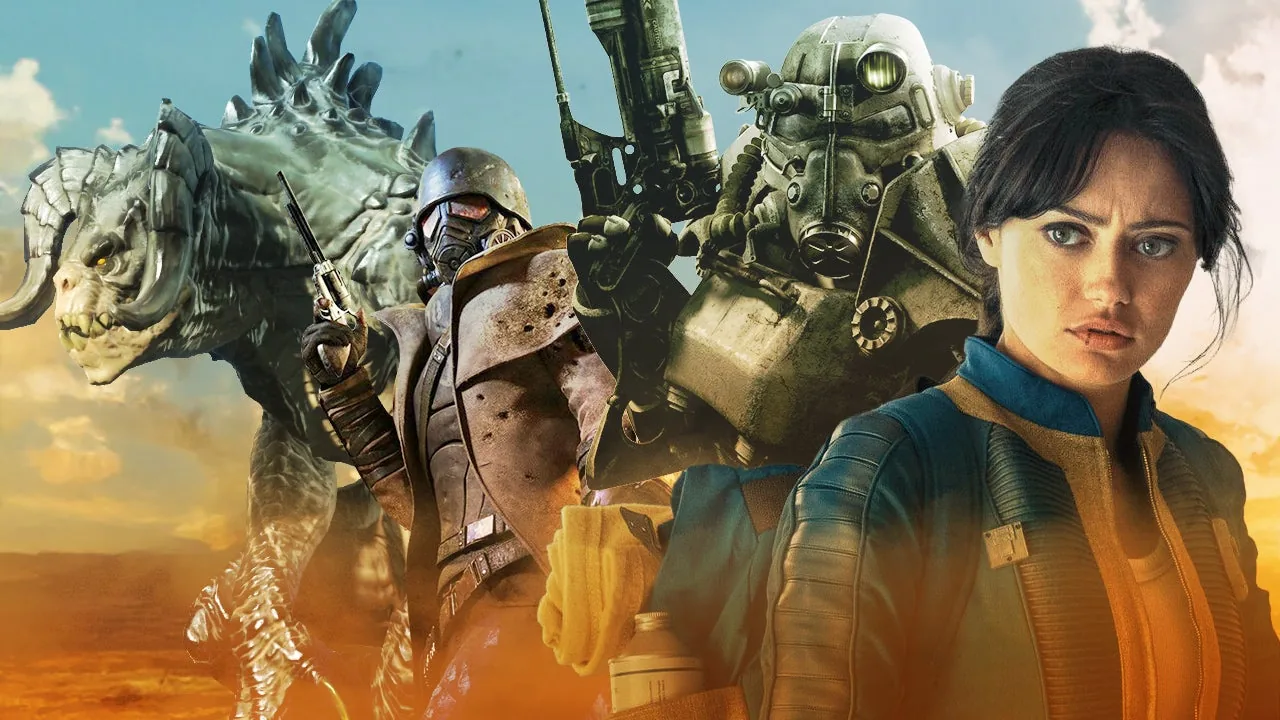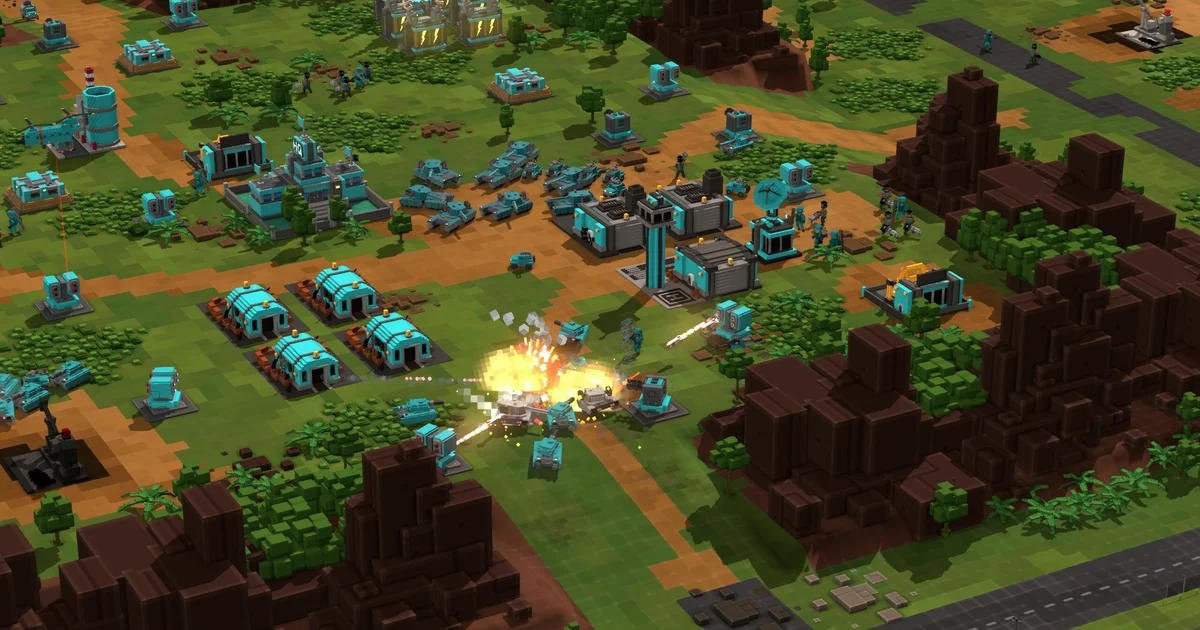Creating a video game may sound like an impossible task—but it’s more accessible than ever thanks to powerful free tools, online communities, and freelance talent. Whether you’re a gamer, a creative, or a business owner exploring the gaming world, this guide breaks down everything you need to know about making a video game from scratch.
What Is a Video Game?
A video game is a digital experience designed for interaction, play, and immersion. It can be as simple as a mobile puzzle game or as complex as a multi-million dollar open-world saga like GTA V. At its core, a video game blends visuals, audio, code, and storytelling to create a virtual world where players can engage with challenges, characters, or other users.
Genres range from action-adventure and first-person shooters to strategy, racing, horror, and RPGs. Each type offers unique gameplay mechanics and artistic demands—meaning there’s room for nearly any idea, big or small.
The 10 Steps to Making a Video Game
Making a successful video game involves more than just having a cool idea. Here’s a structured 10-step plan that helps turn your vision into a playable experience:
- Define Your Game Idea
Focus on genre, theme, and audience. Is it a survival game like The Forest or a fantasy RPG with dragons and magic? - Research Similar Games
Analyze trending titles for mechanics and features. This informs what works—and what doesn’t. - Create a Game Design Document (GDD)
Detail characters, level designs, mechanics, visual style, and audio in one cohesive blueprint. - Pick a Game Engine
Choose tools like Unity (great for 2D/3D cross-platform games), Unreal Engine (high-end 3D), or Godot (open-source and beginner-friendly). - Use Version Control
Systems like Git help manage code changes, especially with teams. - Build Gameplay Mechanics
Develop the rules, controls, and feel. Fun gameplay is the heart of any game. - Design AI Behaviors
From stealthy enemies to helpful NPCs, AI adds realism and challenge. - Add Graphics, Sound, and Voice Overs
Great visuals and sound immerse players. Platforms like Voice123 offer pro voice actors to bring characters to life. - Improve User Interface (UI)
Make sure menus, HUDs, and controls are intuitive across devices. - Alpha and Beta Testing
Test for bugs and usability with smaller groups first, then scale. Collect feedback and refine.
How Much Does It Cost to Make a Video Game?
Game development costs vary dramatically depending on scope:
- Indie Games: $1,000–$100,000
- Mid-Sized Games: $1 million–$10 million
- AAA Games: $100 million–$1 billion+

For instance, Cyberpunk 2077 cost $316 million, and Red Dead Redemption 2 hit $540 million. Meanwhile, Fortnite was developed with a $300K budget but grossed over $10 million quickly after launch.
If you’re bootstrapping, you can create games for free using open-source engines (like Godot), free assets (from OpenGameArt), and DIY tutorials.
Can You Make a Video Game for Free?
Yes—and many successful developers have started that way. Here’s how:
- Free Game Engines: Unity (Personal), Godot, and Unreal Engine (royalty-based)
- Free Assets: Try sites like Kenney.nl or OpenGameArt.org
- Free Tools: GIMP for art, Blender for 3D models, Audacity for sound editing
- No-Cost Publishing: Use itch.io or Game Jolt to release and even monetize your game
Prototyping small games is a great way to learn and attract attention before scaling.
Final Thoughts: Ready to Press Start?
Making a video game today is more achievable than ever—whether you’re a solo creator, part of a startup, or hiring pros through platforms like Upwork or Voice123. The key is to start small, stay focused, and learn as you go.
If you’re looking to add cinematic flair or character to your game, don’t underestimate the power of a great voice over. Platforms like Voice123 connect you to talent with voices like Joel from The Last of Us or villains in Resident Evil—giving your game that extra edge.
So whether you’re building a casual mobile title or the next hit indie adventure, one thing’s clear: all it takes is an idea, some persistence, and the right resources.




